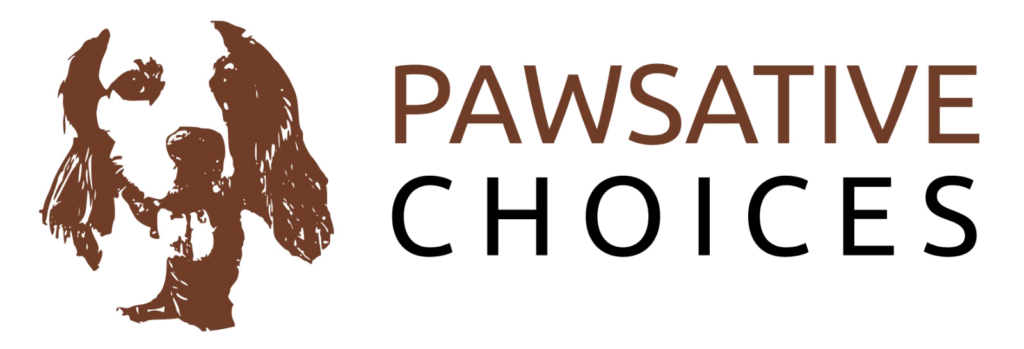I hear so many different approaches to master your dog from visiting training class, which in a lot of cases helps a great deal, to smacking, which is not a positive way to gain the much needed respect from your dog. If we want our dogs to look to us for guidance then we must become worthy of the role in the dog’s eyes. The dog perceives a leader as a well balanced decision maker who can make good choices for the well being of the pack, he is not necessarily the best fighter (although this can help) but the most suitable to lead. This is achieved by using our body language to pass on messages to the dog that we have the suitability for the role, after all the dog is an expert they don’t need training to learn this understanding, it is indeed a skill that derives from the natural ancestor the wolf, and the ability to take and use information is a completely natural instinct that will live in the dog forever, it is in fact the human that needs the training to learn the canine communication essential for success, which is absolutely all about body language.
Body language is also a large part of human language; we can use the same word for different meanings, using facial expressions and body posture, for example if we give eye contact and smile and say hello, this is understood as accepting the other persons greeting and acknowledging them, If we say hello and look away with a frown then we are saying I don’t really want your attention, but we say hello out of politeness. Remember the dog does not understand human language, only body language so we can’t tell them what we want, we have to show them.
To take control of a situation we need to possess the knowledge of a situation, for example a tour guide/historian who leads a group of people from the front and everyone follows them and takes in the information and trusts him/her to guide them through unknown territory, so by possessing the needed knowledge we have the power to lead, no one challenges the direction because of the level of trust, and a level of respect for the good decisions being made. So we need this level of respect to lead our dogs and have them follow our guidance through unknown situations from the front.
If you would like to learn more on this subject please visit
Home


